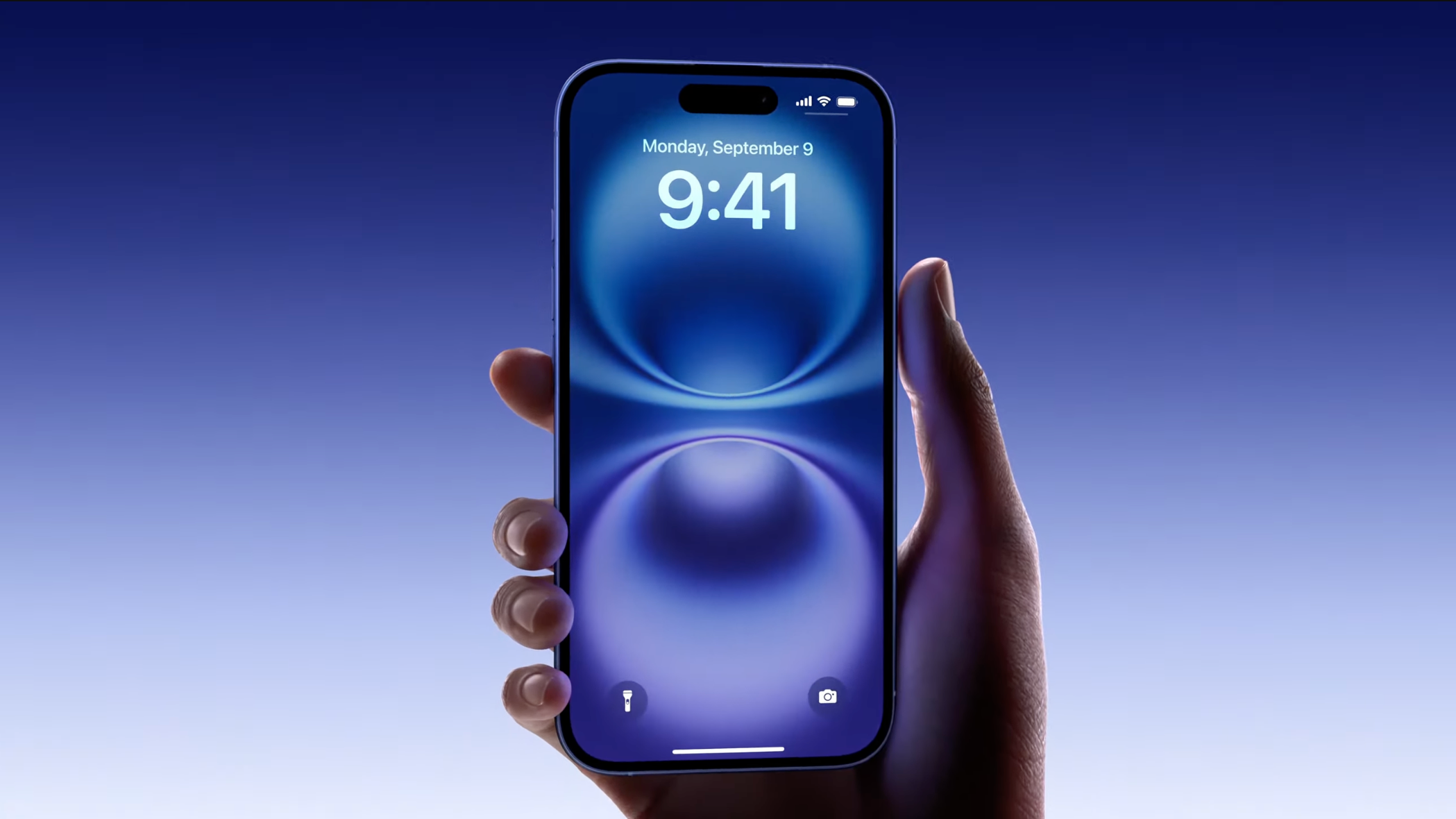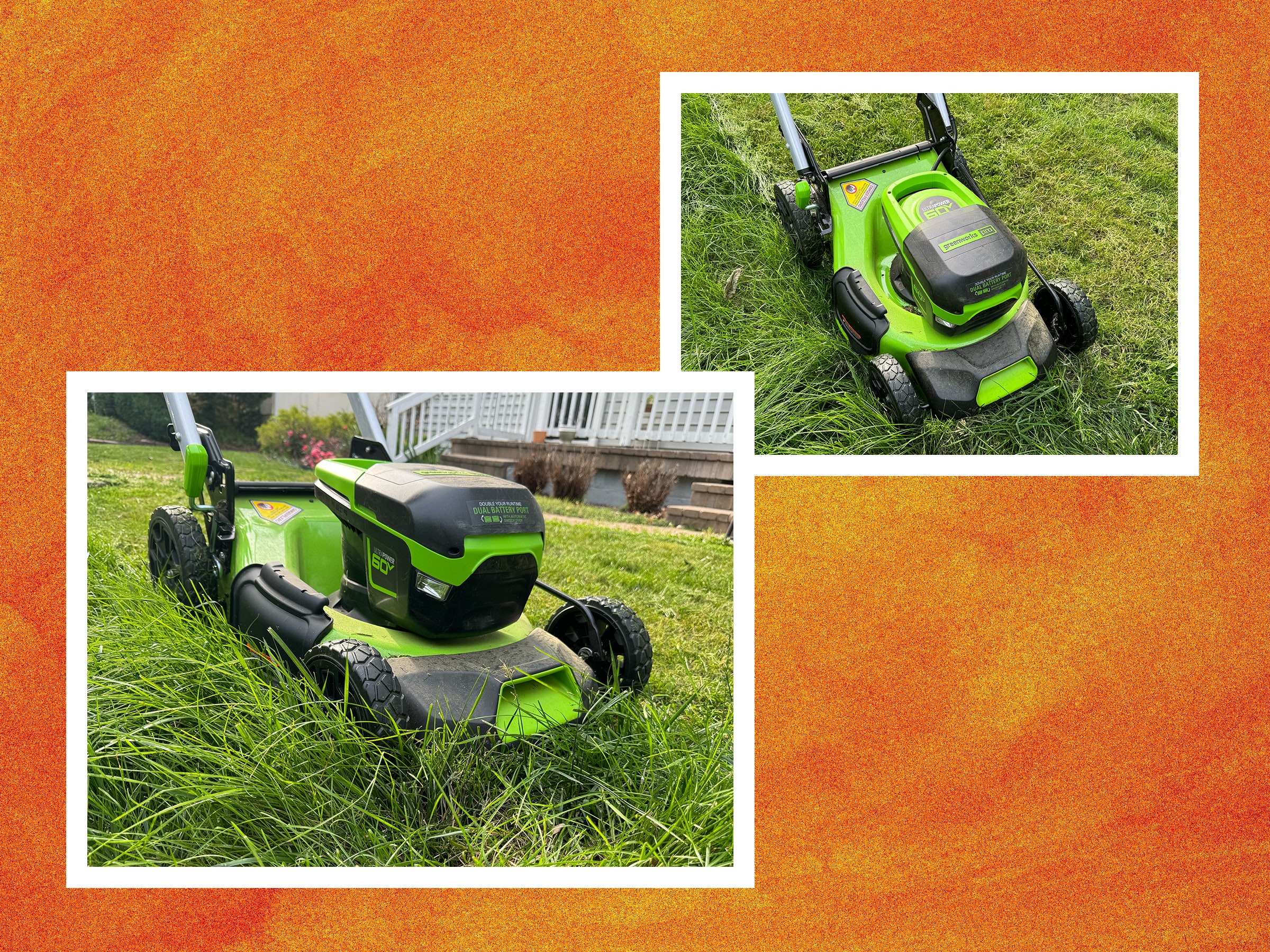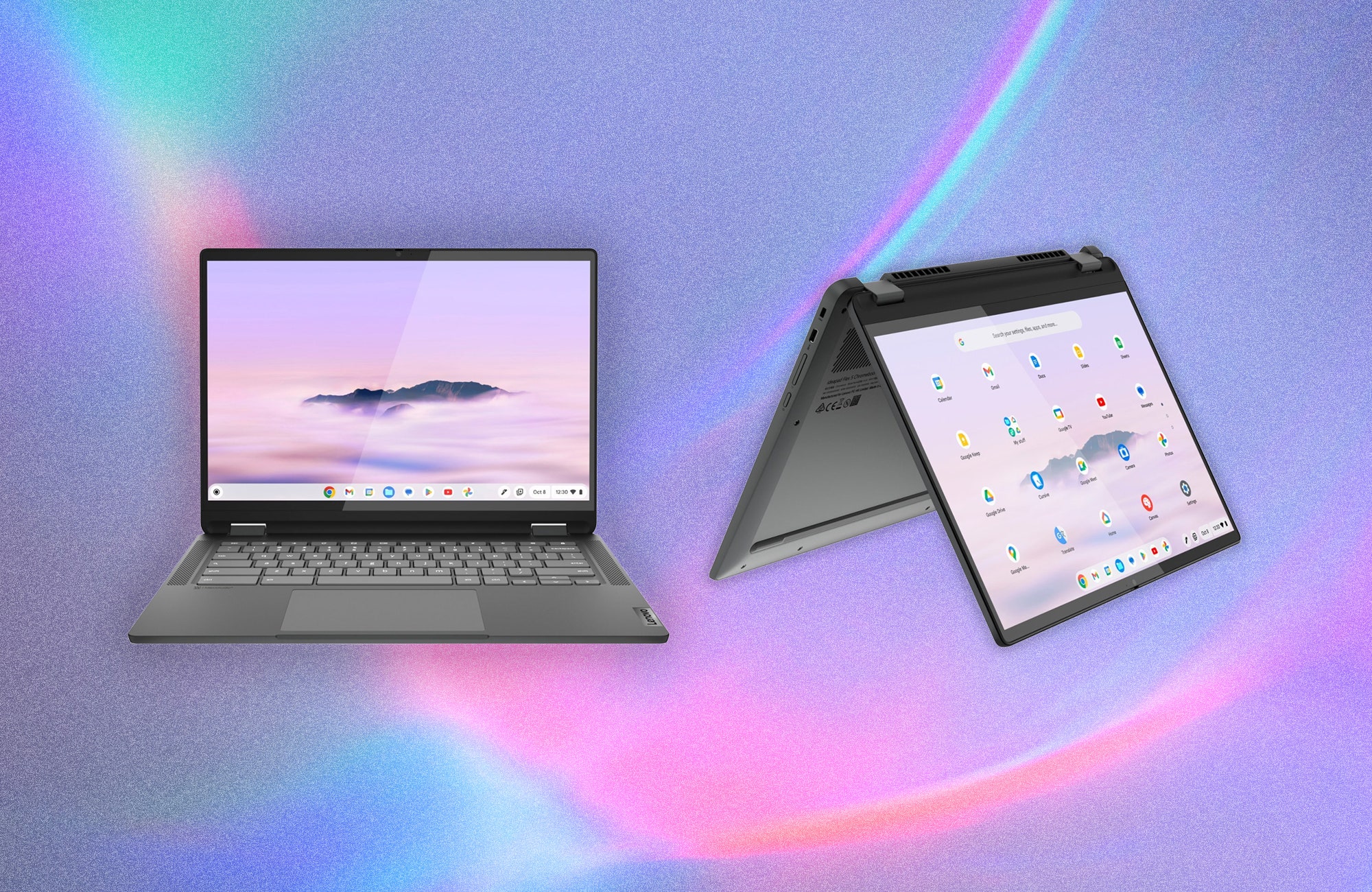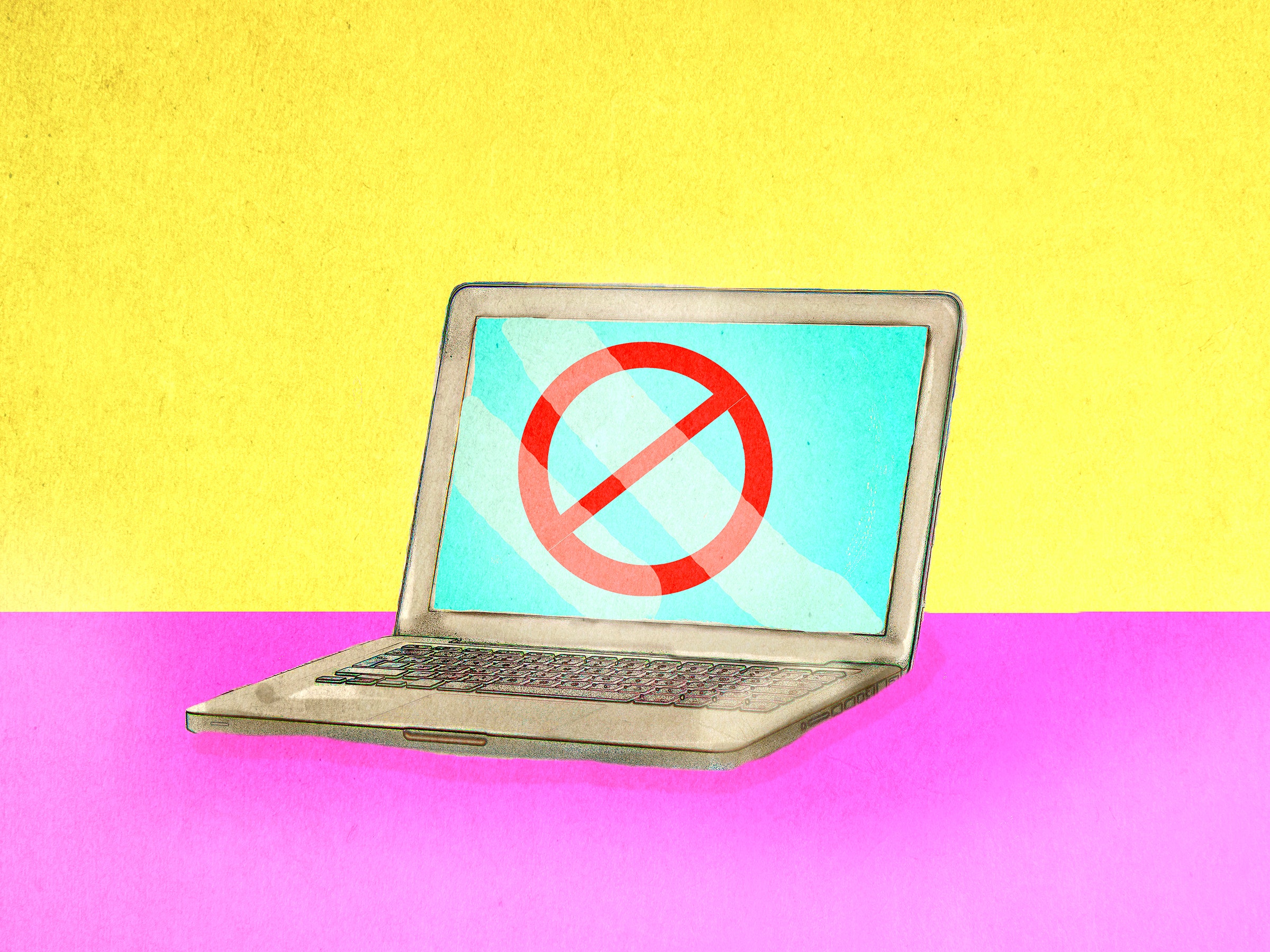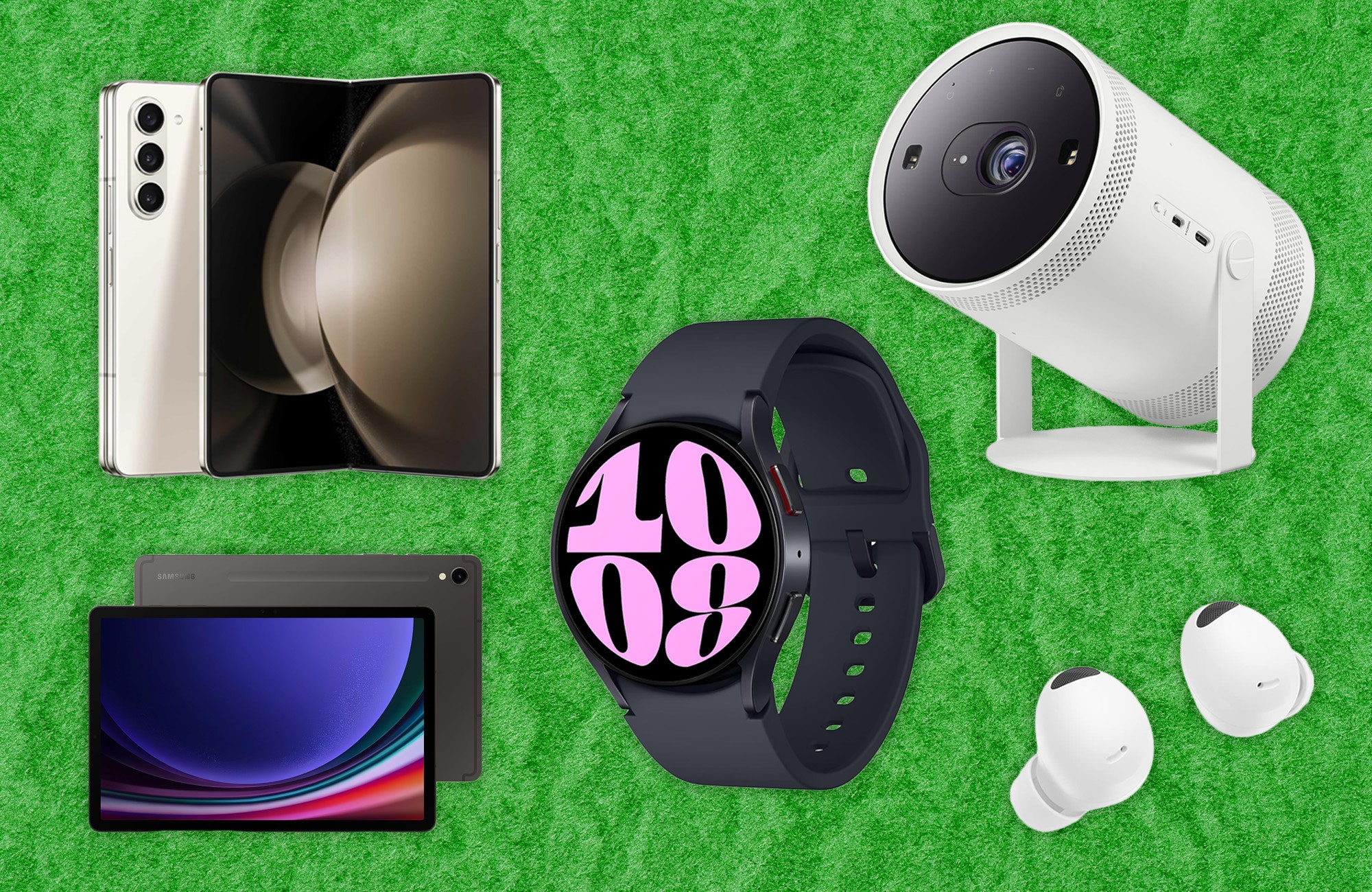This Is How Johnnie Walker Made the World’s Lightest Whisky Bottle
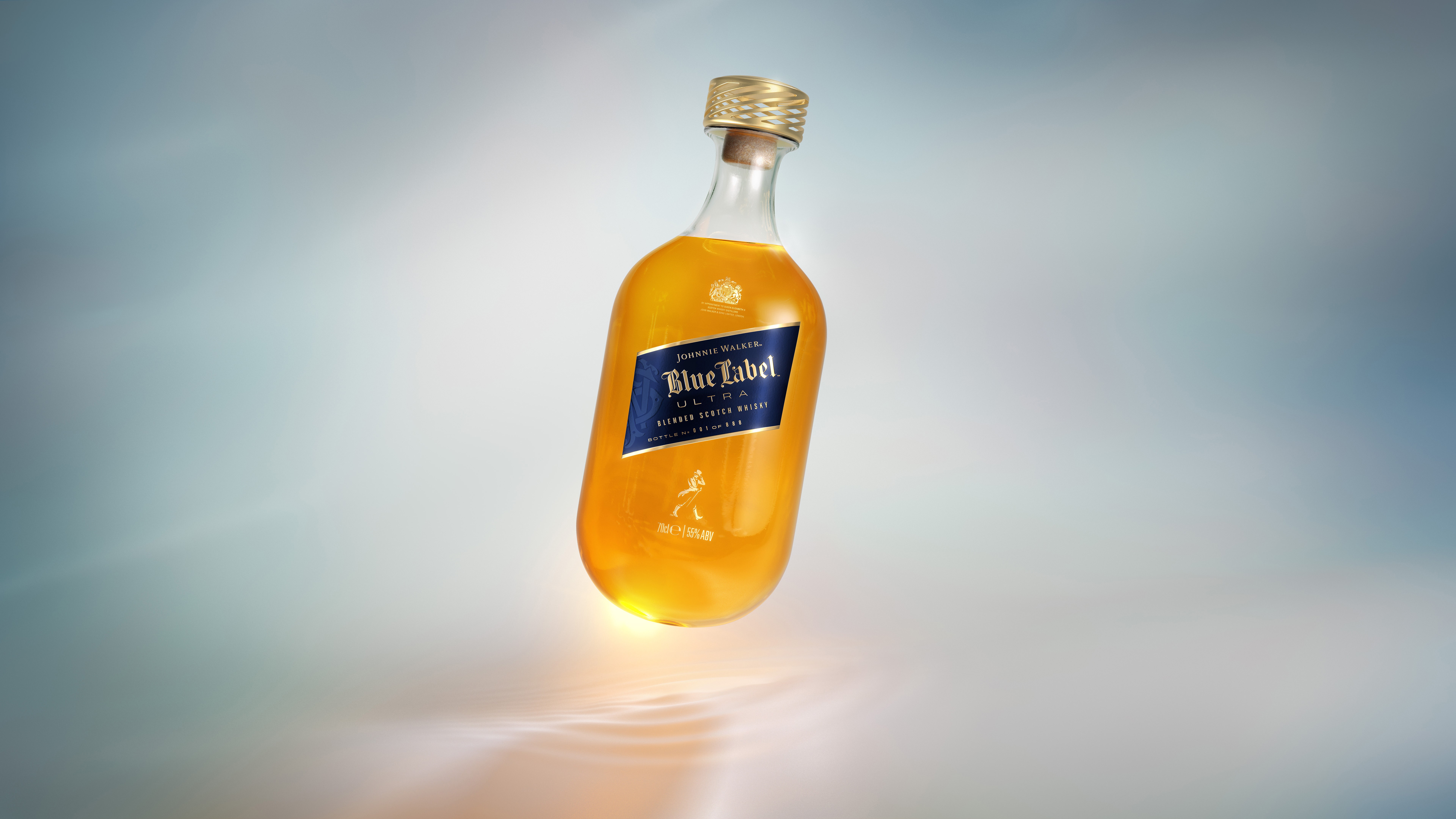
Tradition dictates that to properly enjoy a premium whisky you pour it from an elaborately chunky crystal decanter into an unfeasibly heavy tumbler.
Weight has long been an outward signifier of quality in the whisky industry, and the luxury industry in general, but this week, Johnnie Walker launched the world’s lightest glass whisky bottle, suggesting that the future might be more about cutting emissions that cut glass.
At 180 grams (6.35 ounces), the teardrop shaped 70-centiliter glass bottle is considerably lighter than the 850 grams of the current Johnnie Walker Blue Label bottle (without the liquid and the stopper), coming in at one-fifth of the conventional weight. It contains a limited-edition Johnnie Walker Blue Label Ultra whisky. The design has been five years in the making, and it breaks with the brand’s traditional square bottle for the first time.
Designed with the help of Turkish glassmakers Şişecam—a company in the top five of glass producers globally—the new lightweight bottle has the potential to impact both transport and production emissions. Parent company Diageo suggests that for every gram of glass reduced, around half a gram of carbon is saved in production. This doesn’t sound all that impressive, but given Johnnie Walker sells an estimated 130 million bottles annually, the carbon savings could, if upscaled, be considerable.
As it cannot stand upright on its own, the record-breaking teardrop bottle is housed in a bamboo cage.
For now, however, only 888 bottles of the record-breaking Johnnie Walker Blue Label Ultra whisky will be released, costing $1,250 each—which, as eco-statements go, feels a little tokenistic. Limited-edition spirit releases are commonplace in the premium sector, but for this innovation to make a meaningful impact it will need to be implemented across more Diageo brands.
At present, the lightweight bottles cannot be scaled up, but Jeremy Lindley, global design director at Diageo, tells WIRED that the company is already applying the newfound light-weighting knowledge to other bottles. “We have brought down the weight of the Johnnie Walker 18-year-old by 35 percent, and we’re working on reducing the weight of our standard Johnnie Walker Blue Label bottle by over 25 percent,” Lindley says.
In the development process for the Johnnie Walker Blue Label Ultra, Diageo was granted four UK patents, and, in a laudable move, the license has been made available on a royalty-free basis to help encourage other drinks brands to innovate.
“The learnings from this project are too important to keep to ourselves,” says Lindley. “The patent discloses a combination of ideas around light-weighting glass bottles that, when considered together, are novel. It describes a method of producing bottles through the use of, among other things, a structurally efficient shape with thin walls and offers a design for a base or stand to accommodate the round base.”
Initial experiments of the teardrop bottle design.
The empty bottle feels impossibly light, more akin to a fine wine glass than a whisky bottle. For comparison, it’s the same weight as a vinyl record or a bar of Tony’s Chocolonely, and the thinness of the glass is exquisite. It is a world away from the usual chunky embossed bottles, while remaining undeniably luxurious.
To reinforce just how impressive the glass engineering on this project is, UK supermarket chain Co-Op previously held claim to the lightest 70-cl spirits bottle, which weighed two-thirds more, at 298 grams.
Eagle-eyed readers may have spotted that the bottle has a completely oval base, however, which is an unusual design choice for something that usually needs to be kept upright. “We asked Şişecam what would lead to the lightest-weight bottle,” says Lindley. “They told us to follow the natural shape a gob of glass forms when taken out of the furnace. This led us to experiment with teardrop shapes.”
To achieve the thinness necessary, the bottle follows the natural shape a gob of molten glass forms when taken out of the furnace.
The bottles are handblown using a wooden mold. “This was the most suitable process for getting to the lowest possible weight and enabled us to experiment with different weights until we found the lightest possible one that still passed our safety testing,” says Lindley. Each bottle was also hand-filled to avoid the fragile glass vessels from bumping into each other on a traditional production line.
“By ensuring very smooth transitions of shape, we arrived at a design that brought in elements of Johnnie Walker’s design language while maintaining the lowest weight,” says Ebru Şapoğlu, chief sales and marketing officer at Şişecam. “The mold was carefully engineered to be as smooth as possible, creating a fine surface finish.”
But while the bottle is undeniably thin, light, and beautiful, it is not easily transported. For the limited prototype launch, the teardrop bottle is housed in an elegant bamboo cage, which, despite the plant’s superb strength-to-weight ratio, will no doubt impact any transport emission savings.
Design sketches of the 888 bottles of the Johnnie Walker Blue Label Ultra whisky, each costing $1,250.
The stopper has also been designed to shave weight—and is not included in the 180-grams record-breaking statistics—being made from hollowed-out aluminum to reinforce the light-but-luxe aesthetic. Together the total weight is around 250 grams.
“When we tested the early bottles, we found that they were strong enough for use in consumers’ homes but that they would not survive our normal production process. We created a protective cage around the bottle that would also act as a stand and redesigned the whole process of getting the bottle from the mold to the consumer,” says Lindley.
This is not the only piece of sustainable innovation from the $73.5 billion company. In 2021 Diageo partnered with Pilot Lite to produce a Johnnie Walker paper-based bottle made entirely from sustainably sourced wood. This bottle has yet to make a full production run, but in May 2024, the company did start trials with miniature paper bottles of Baileys.
It comes under Diageo’s Society 2030: Spirit of Progress initiative, which aims to increase recycled content to 60 percent, reduce total packaging weight by 10 percent, as well as making all of its packaging widely recyclable by 2030. This 888 bottles of rare blended whisky won’t get Diageo anywhere near there, but it is a technically impressive piece of bottle design.
Away from Diageo, William Grant & Sons has shaved nearly a quarter off the weight of its Monkey Shoulder blended whisky bottles and implemented this across its entire range. Scottish brand Bruichladdich is set to reduce its packaging emissions by 65 percent with a combined approach of lighter bottles (32 percent lighter than its predecessor), reengineered transport pallets, and ditching any decorative secondary packaging. And back in 2022, UK-based Greenall’s Gin launched an eco-friendly paper bottle made from 94-percent recycled paperboard, which reduces weight, carbon footprint, and water usage.
The Johnnie Walker Blue Label Ultra 180-gram bottle is an eye-catching mix of traditional techniques and advanced R&D that has managed to slash weight and maintain a sense of luxury in a tumbler-heavy industry. But it does remain a niche achievement requiring multiple materials to safely bring it to market, rather than being a sustainability-first initiative.
It will be interesting to see if the handblown engineering is filtered through the 200-plus brands in the Diageo canon, and whether it will eventually improve the company’s enormous global footprint.

